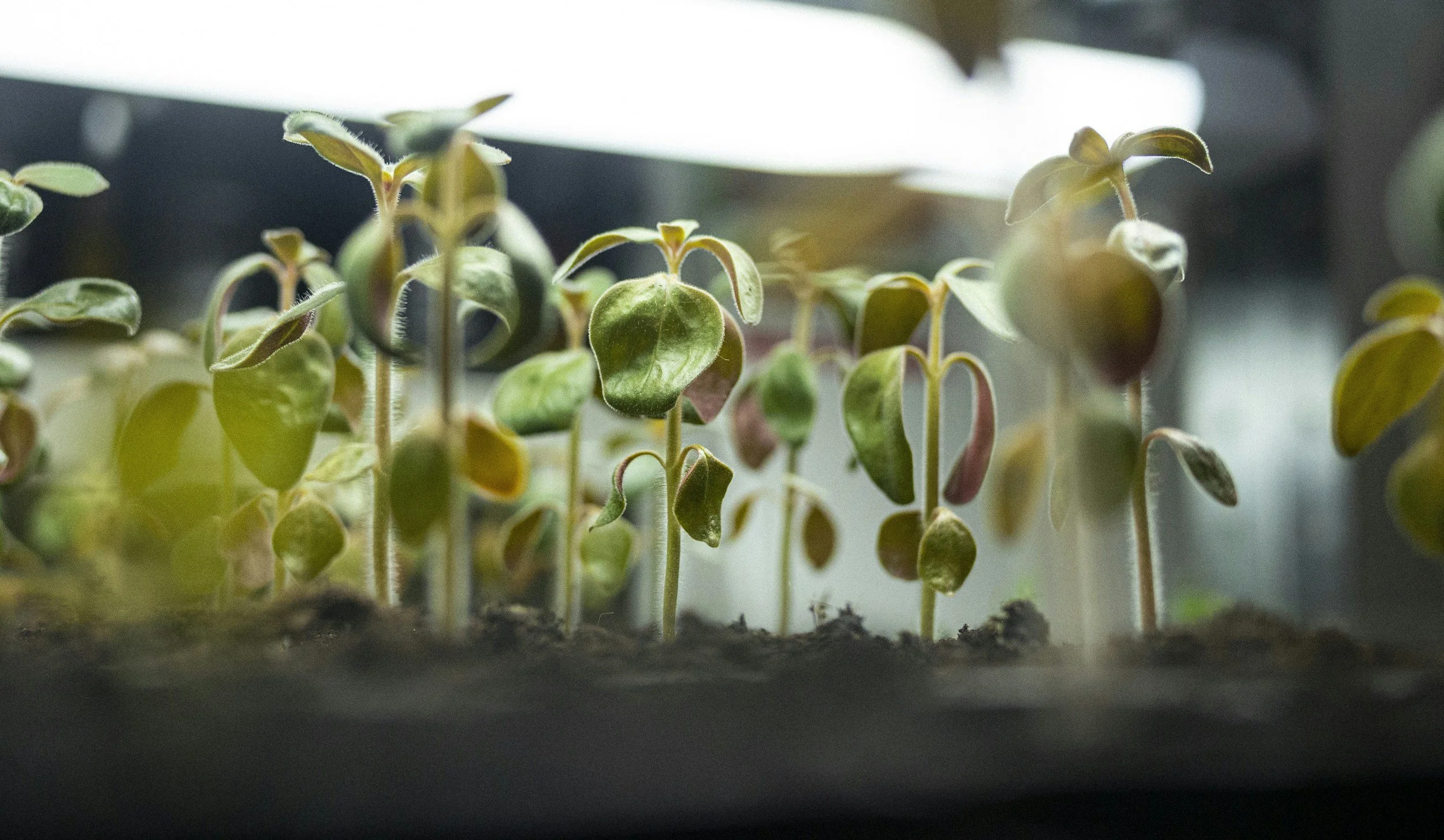Vertical Farming: Revolutionizing Agriculture for a Sustainable Future
As the world’s population grows and urban areas expand, the demand for innovative farming solutions is at an all-time high. Among these advancements, vertical farming stands out as a sustainable method of growing crops in stacked layers, often integrated with controlled-environment agriculture (CEA). This method not only addresses land scarcity but also transforms how we think about food production in urban settings.
What is Vertical Farming?
Vertical farming is a modern agricultural technique that involves cultivating plants indoors in vertically stacked layers using technologies like hydroponics, aeroponics, and LED lighting. These controlled environments regulate light, temperature, humidity, and nutrients to ensure optimal growth conditions for plants year-round.
Key Benefits of Vertical Farming
Efficient Land Use:
Vertical Farming requires significantly less land compared to traditional agriculture, making it ideal for urban environments.
Reduced Water Consumption:
Advanced irrigation systems, such as hydroponics, use up to 95% less water than conventional farming methods.
Year-Round Production:
Controlled environments enable continuous crop cycles, unaffected by seasonal changes or adverse weather conditions.
Pesticide-Free Crops:
Growing plants indoors eliminates the need for chemical pesticides, resulting in healthier and more sustainable food.
Minimized Food Miles:
Locating vertical farms near urban centers reduces transportation costs and carbon emissions, ensuring fresher produce for consumers.
Challenges and Opportunities
While vertical farming offers numerous advantages, challenges like high energy consumption and upfront costs for advanced technologies persist. However, ongoing advancements in renewable energy and automation are steadily mitigating these issues, paving the way for broader adoption.
Real-World Applications of Vertical Farming
Urban Food Security: Vertical farms empower cities to become more self-sufficient by growing fresh produce locally.
Disaster-Resilient Farming: In areas prone to natural disasters or extreme climates, vertical farms provide a stable food supply.
Innovative Business Ventures: Entrepreneurs and agricultural professionals can tap into vertical farming as a lucrative opportunity in the expanding AgriTech industry.
Explore Vertical Farming with Our Indoor Farming Course
If the potential of vertical farming excites you, our WSQ Introduction to Indoor Farming Using Controlled Environment Agriculture (CEA) Techniques course is your ideal starting point. This comprehensive program provides:
Hands-on experience with CEA technologies.
Insights into the latest trends and innovations in indoor farming.
Strategies to optimize resources for maximum crop yield.
Whether you’re a home gardener, aspiring farmer, or seasoned professional looking to upskill, this course offers invaluable knowledge to help you embrace the future of agriculture.
Conclusion
Vertical farming is more than a fleeting trend—it’s a transformative approach to sustainable agriculture. By adopting this innovative method, we can address critical challenges in food production and build a greener, healthier future for all.
Are you ready to revolutionize agriculture? Sign up for our Indoor Farming Course today and take the first step toward a sustainable farming journey.
